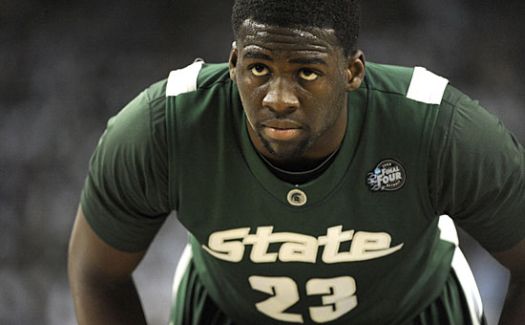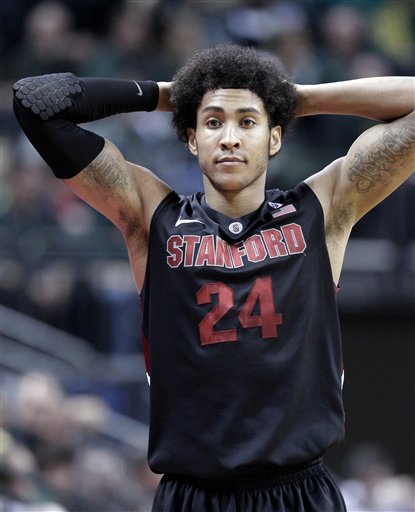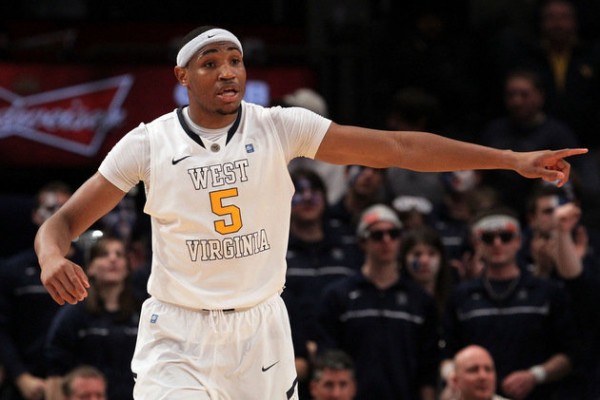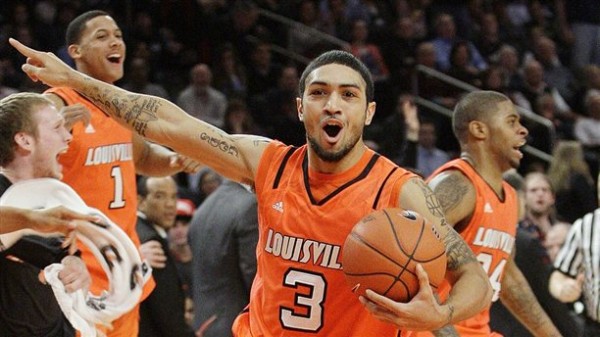Posted by AMurawa on March 12th, 2012

Throughout Monday, we will roll out our region-by-region analysis on the following schedule: East (9 AM), South (11 AM), Midwest (2 PM), West (4 PM). Here, Andrew Murawa (@amurawa) breaks down the West Region from top to bottom. Also, be sure to follow our RTC West Region handle on Twitter for continuous updates the next two weeks (@RTCwestregion).
You can also check out our RTC Podblast with Andrew breaking down the West Region here.
West Region
Favorite: Michigan State, #1, 27-7. This is the fourth time in the Tom Izzo era that Michigan State has earned a #1 seed. The previous three times (1999, 2000, and 2001), they advanced at least to the Final Four, winning the national title in 2000. Led by likely All-American senior forward Draymond Green, this is, almost without question, the best Spartan team since those teams at the turn of the century. They do have to go forward without injured freshman Branden Dawson, out for the year with a torn ACL, but senior Brandon Wood stepped into his starting spot and he shot the ball well in the Big Ten Tournament this weekend. You can say that there are more talented teams in this region (Missouri and Marquette come to mind), but beating Izzo in March is always easier said than done.

Draymond Green And Michigan State Are The Team To Beat In The West Region (AP)
Should They Falter: Missouri, #2, 30-4. While the Spartans are the favorite, the Tigers are a solid 1-A. The Selection Committee had Mizzou as the #8 overall seed, but they have been excellent all season long behind the most efficient offense in the nation. The Tigers are undersized (only two players taller than 6’6” are in the rotation) and lack depth (they only play seven guys), but head coach Frank Haith gets every last drop out of the guys who do play. And with guards like Marcus Denmon, Kim English, Phil Pressey, and Michael Dixon, they have enough talent on the perimeter to cause plenty of trouble.
Grossly Overseeded: BYU, #14 (First Four), 26-8. I don’t have a whole lot of problems with any of the seeding this year; I think the Selection Committee by and large did a pretty good job. But I’m not sure why BYU is in the tournament. Their lone quality win of the season is over Gonzaga, a team who doesn’t have much in the way of quality wins itself. I would rather have seen a team like Drexel or Oral Roberts (teams admittedly without a ton of big wins either) get the Cougars’ spot. The Dragons and Golden Eagles both had better records against top 50 RPI teams, and both excelled in their conference regular season. I will even take Iona, their First Four opponent, over the Cougs despite a complete lack of quality wins on the Gaels’ resume. The committee gave Iona credit for scheduling a tough non-conference slate, and their strength of schedule out of conference even exceeds BYU’s.
Grossly Underseeded: Missouri, #2, 30-4. I’m having trouble working up a whole lot of outrage about anything in the bracket, but Missouri should not have dropped to the #8 overall seed. To me, they were right in the conversation with Kansas for the #5 overall seed (and I might have given Missouri the edge, although the committee docked them for a relatively tame non-conference schedule). The only difference for the Tigers in terms of their placement in the bracket is that had they earned the #5 overall seed, they would have been dropped in the St. Louis regional instead of being shipped West. But the good news is that they still are in the bracket with the lowest #1 seed. It all works out.
Read the rest of this entry »
| 2012 ncaa tournament, bracket prep
| Tagged: bradley beal, branden dawson, brandon wood, byu, casper ware, darius johnson-odom, draymond green, drew gordon, drexel, erving walker, feature, florida, frank haith, iona, isaiah canaan, Jae Crowder, kenny boynton, kim english, larry anderson, long beach state, louisville, marcus denmon, marquette, Michael Dixon, michigan state, mike caffey, missouri, murray state, ncaa tournament, new mexico, norfolk state, oral roberts, phil pressey, Ricardo Ratliffe, rick pitino, steve alford, tom izzo, virginia, west region
Share this story



















































